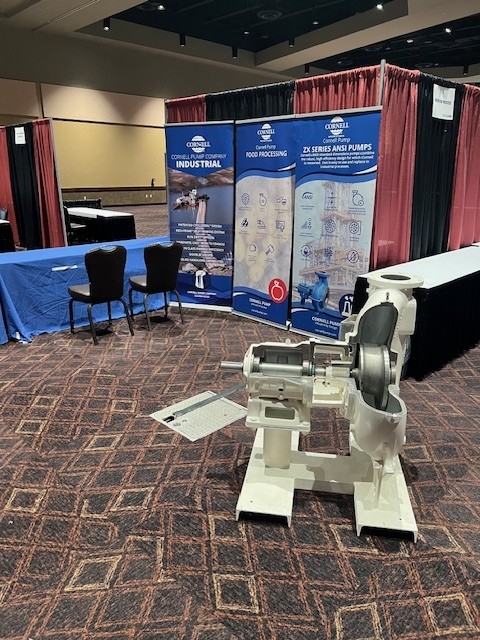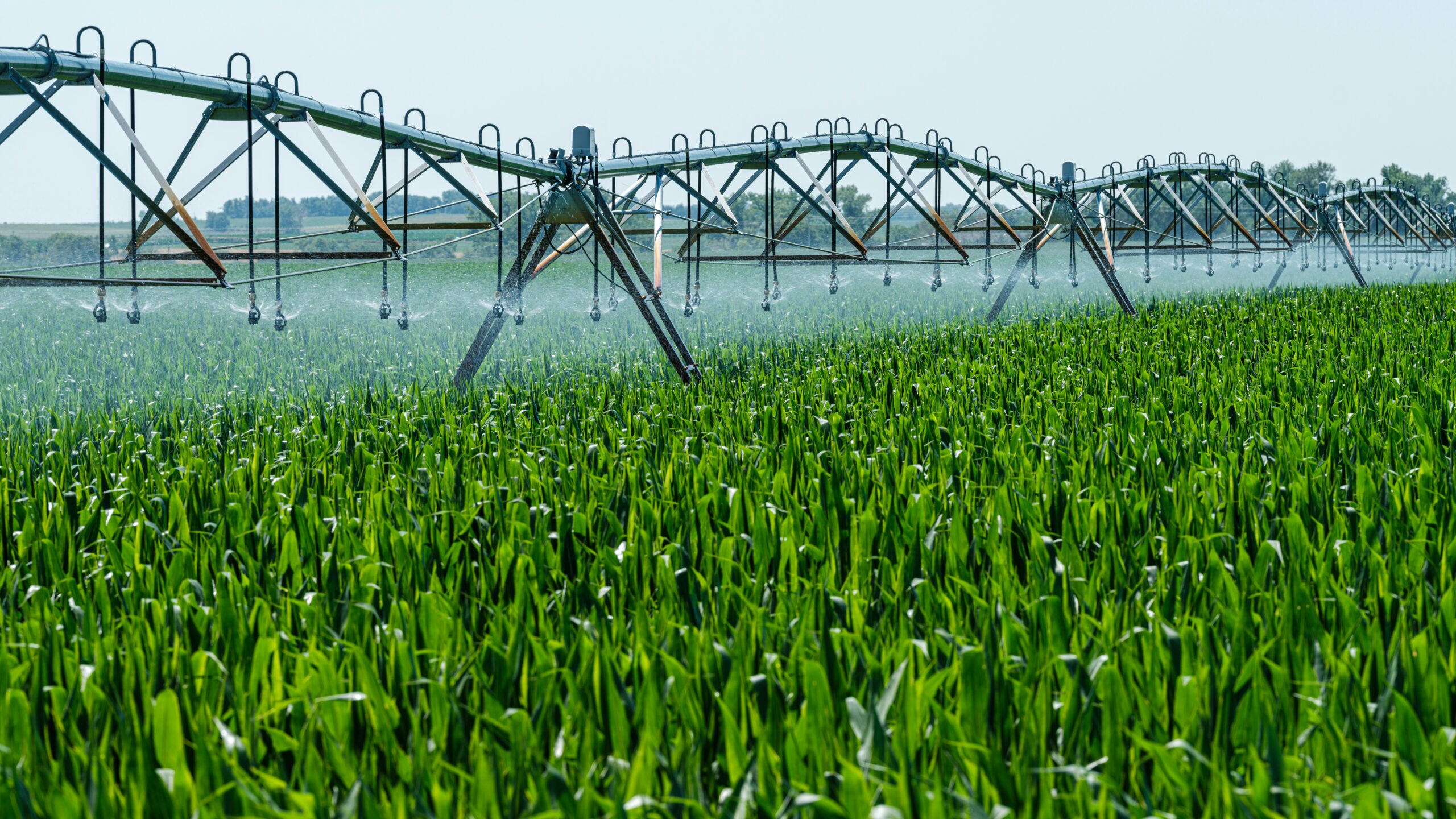Why Run Dry Protection Matters
Centrifugal pumps rely on liquid to cool and lubricate the seal faces. When liquid is not present, friction generates heat within seconds. This can cause blistering or scoring on the seal faces, coking of product, and premature seal failure. In agricultural, industrial, rental, and municipal applications, unexpected dry-running is common. Air pockets in the suction line, blocked inlets, level fluctuations, or priming issues can all allow the pump to spin without enough fluid.
Seal failures are costly. They increase maintenance time, raise operating expenses, and can take critical systems offline. Cornell’s Run Dry system gives operators an added margin of safety.
How Cornell Pump RunDry Works
Cornell’s RunDry system is engineered to keep seals cool and lubricated even when the pump is not fully flooded. It uses a dedicated reservoir and recirculation path that delivers lubrication to the seal faces during dry conditions. This design provides:
- Continuous cooling when the pump loses prime
• Lubrication to prevent heat buildup
• Protection during intermittent or extended dry running
• Longer seal life in applications where conditions change rapidly
Unlike traditional seals that depend solely on the process fluid for cooling, the RunDry system maintains a separate supply, allowing the pump to survive dry-run events that would otherwise cause immediate damage.
Key Benefits for Operators
- Reduced downtime:Less frequent seal failures mean more reliable operation.
• Lower maintenance costs: Extending seal life reduces both labor and parts expense.
• Greater flexibility: Helps pumps operate safely in systems with variable flow or challenging suction conditions.
• Ideal for harsh applications: Particularly valuable in wastewater, manure handling, slurry transfer, or any environment with frequent priming interruptions.
Applications That Benefit Most
Cornell’s Run Dry system is commonly selected for:
- Agricultural and manure pumps that see fluctuating intake levels
• Industrial systems where air entrainment occurs
• Municipal lift stations with variable flow
• Rental fleets where operators have limited control over suction conditions
• Any installation prone to cavitation, plugging, or start-up dry running
Best Practices for Implementing Run Dry Protection
To maximize performance:
- Verify proper installation of the reservoir and recirculation components
• Check lubrication levels regularly
• Ensure the pump is correctly primed at startup whenever possible
• Combine Run Dry with other preventative practices such as proper NPSH, correct suction design, and routine system inspections
A More Robust Seal Protection Strategy
Cornell Pump’s Run Dry system provides operators with a practical solution for preventing seal damage in real-world operating conditions. By maintaining lubrication when the pump loses fluid, it reduces the most common cause of premature seal failure and extends the operational life of the equipment. For installations where flow varies or where dry-running is a recurring risk, Run Dry protection delivers long-term value and peace of mind.
You can see the RunDry® brochure here: https://www.cornellpump.com/site/wp-content/uploads/2023/12/BR-Run-Dry-2024.pdf



